localhost to .com
Intro

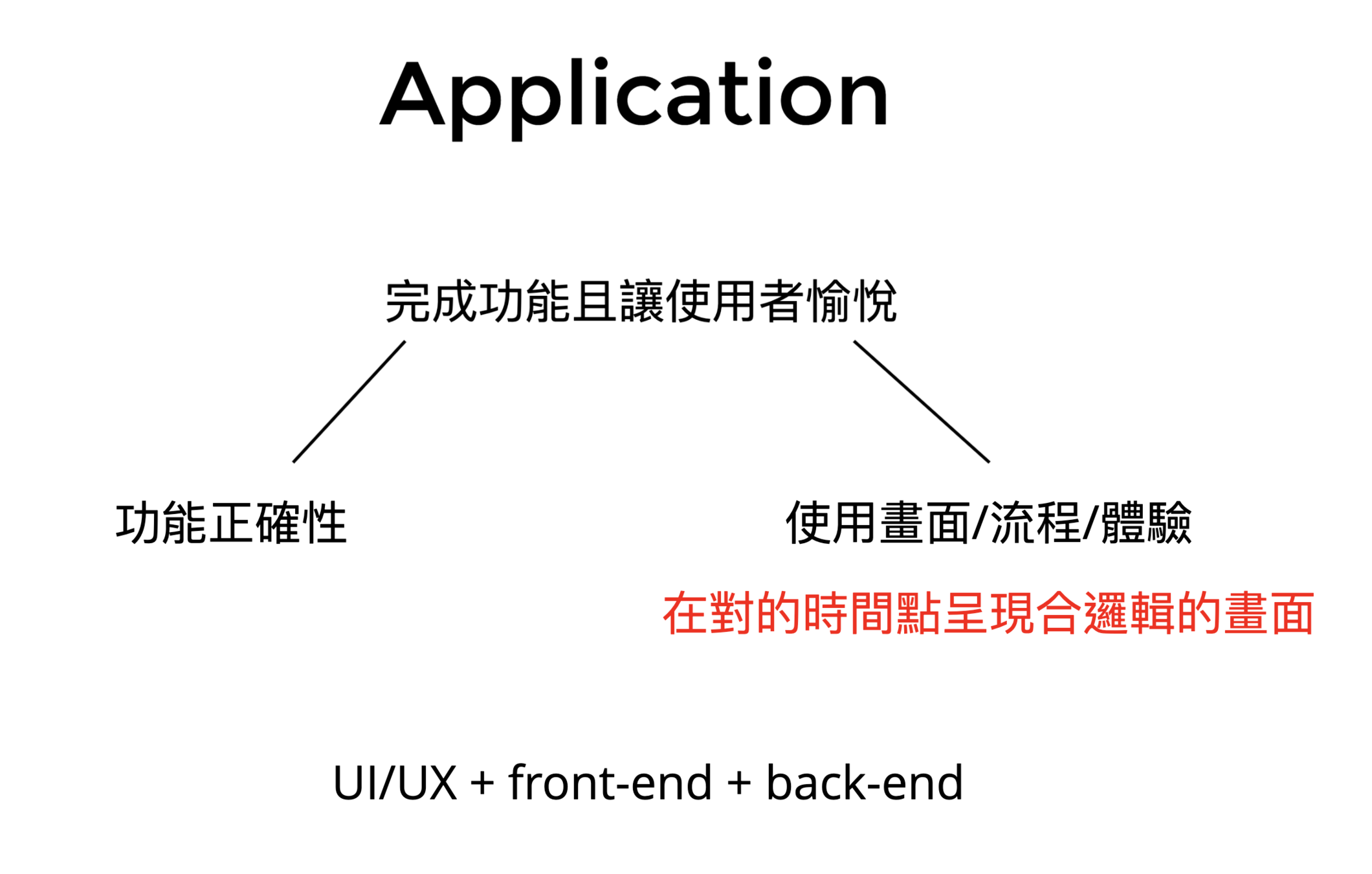
How do I deploy an application?
- buy a domain
- deploy somewhere
That's it

localhost
Your own computer enviornment
services in different port
C1
.com
In cloud (live in terminal)
if services in one domain
C10K
If C10K
Read Replica
Cache
Hot standBy
Auto scaling

Worker
NoSQL
.com
In cloud (live in terminal)
if services in one domain
C1K
linux, vim
nginx, VM/Docker
redis
Case
official/erp
front-end/back-end
Wealth

official-front-end
official-back-end
Service
erp-front-end
erp-back-end
usage-listener-server
usage-listener-handler
Port
6060
6069
6080
6089
6068
9092
microservice/gateway
client
service
reverse proxy
service
service
service
service
database
database
Web Server
AP Server
nginx
dockerized application
microservice/api gateway
client
service
reverse proxy
service
service
service
service
database
database
GCP/AWS ...... etc
Hosting
That's it

Back to the script: npm run release
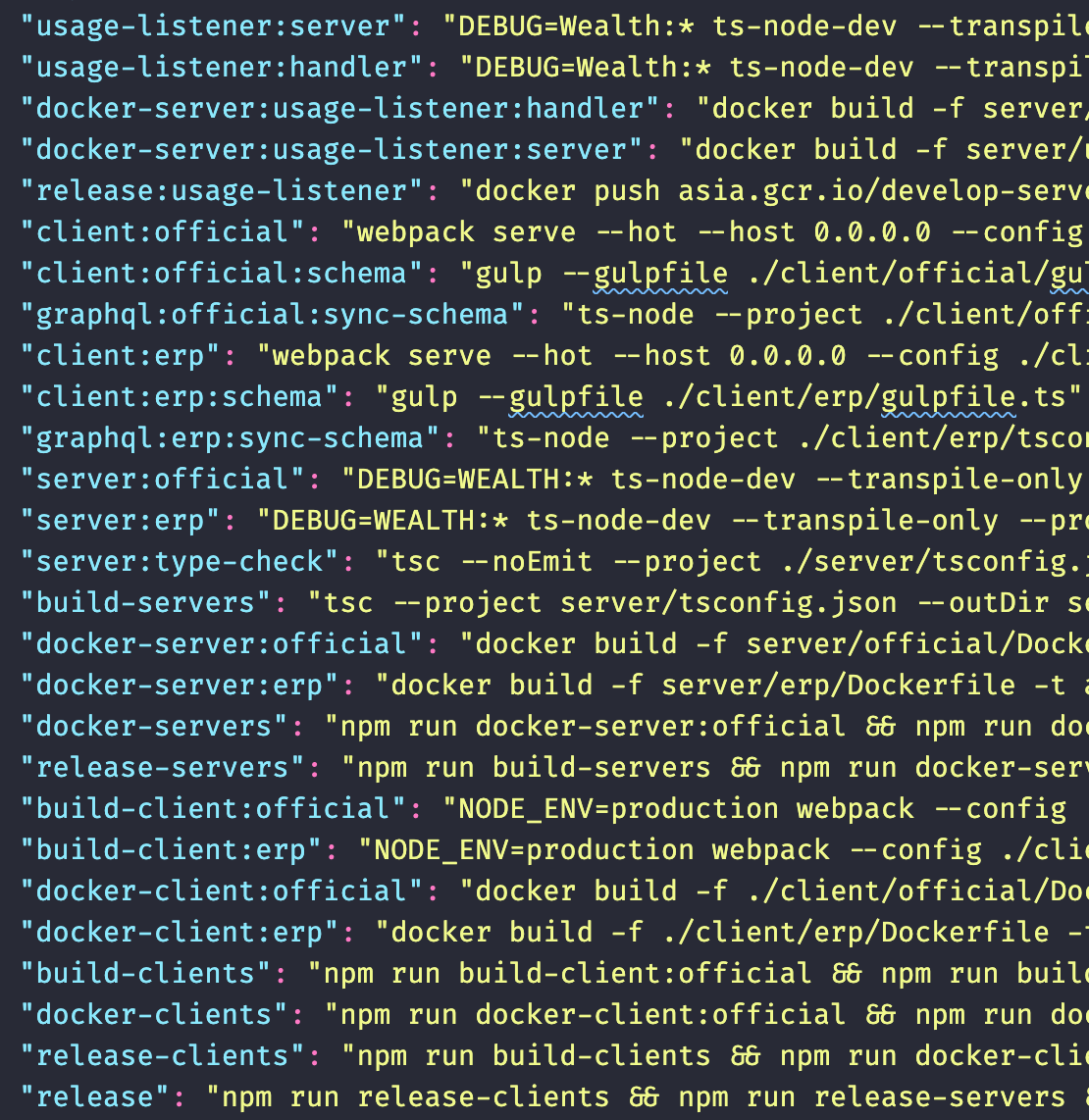
compile your client/server/worker code
Build an image from a Dockerfile


base on host OS
Docker intro
isolated env.

Dockerfile
FROM node:14-slim
ENV DEBUG *
ENV TZ=Asia/Taipei
ENV USAGE_LISTENER_PORT 80
RUN mkdir -p /var/www/wealth
COPY dist/package.json dist/package-lock.json /var/www/wealth/
WORKDIR /var/www/wealth
RUN npm install
COPY dist/ /var/www/wealth
CMD node /var/www/wealth/server/usage-listener/server.js
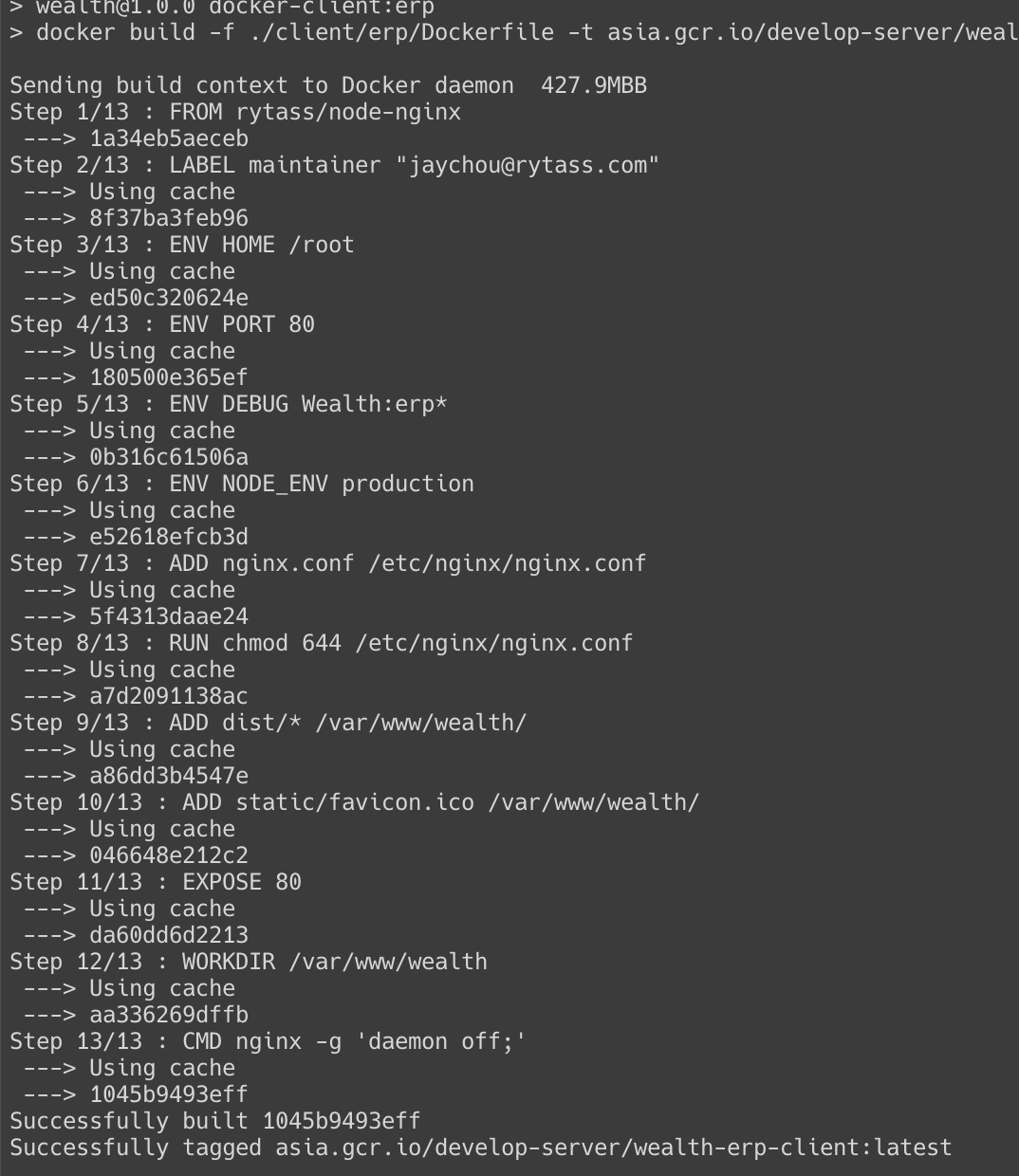
docker build

docker push
ssh at7211@staging.serverusername
remote server
The SSH protocol uses encryption to secure the connection between a client and a server.
ssh into your remote server
cd /etc/nginx
nginx.conf -> main config
conf.d -> project nginx config
cd /etc/nginx/conf.d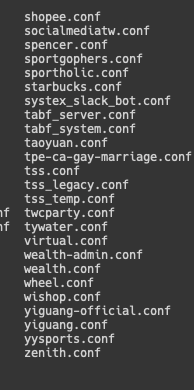
vim [:PROJECT].confserver {
listen 80;
server_name wealth.rytass.com;
client_max_body_size 20m;
access_log /var/log/wealth.access.log;
error_log /var/log/wealth.error.log;
location / {
proxy_http_version 1.1;
proxy_set_header Host $host;
proxy_pass http://127.0.0.1:6060;
}
}Pull image and restart container
shell script
EEN='\033[0;32m'
NC='\033[0m'
echo -e "${CYAN}------ Wealth Upgrating ------${NC}\n"
# Pull latest version
N='\033[0;36m'
echo -e "${CYAN}Pull latest image...${NC}"
docker pull asia.gcr.io/develop-server/wealth-official-client
# Stop executing container
echo -e "\n${CYAN}Stop container...${NC}"
docker stop wealth-official-client
# Remove executing container
echo -e "\n${CYAN}Removing container...${NC}"
docker rm wealth-official-client
# Start containers
echo -e "\n${CYAN}Start container...${NC}"
# Set container name and port
docker run -d --name wealth-official-client --network-alias=Official_Client --net=Wealth -p 6060:80 --restart=always asia.gcr.io/develop-server/wealth-official-client
echo -e "\n${GREEN} Wealth Upgrade Task Finished.${NC}":./[:PROJECT].sh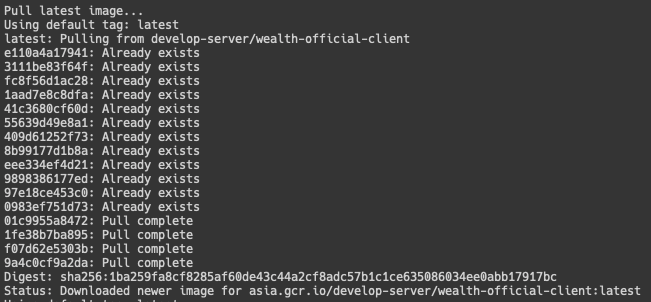
execute script
That's it

mm......so how does different service work in one domain?

docker ps
docker run -p 6080:80 (published port)
Map TCP port 80 in the container to port 6080 on the Docker host.
list all container status
docker exec -it [:CONTAINER_NAME] /bin/bashget into the container

http {
...
upstream api_upstream {
server Official_API_Server;
}
...
server {
listen 80 default_server;
server_name _;
root /var/www/wealth;
index index.htm index.html;
access_log /var/log/wealth.access.log;
error_log /var/log/wealth.error.log;
location ~ ^/graphql(.*)$ {
proxy_http_version 1.1;
proxy_set_header Host $host;
proxy_set_header Upgrade $http_upgrade;
proxy_set_header Connection "upgrade";
proxy_pass http://api_upstream/graphql$1?$args;
}
location ~ ^/uploads(.*)$ {
proxy_set_header Host $host;
proxy_pass http://api_upstream/uploads$1?$args;
}
location / {
try_files $uri /$uri /index.html;
}
}
}network alias
location pathname
cat /etc/nginx/nginx.confbrowser
wealth.rytass.com
client service
(nginx)
Web Server
/graphql
6080:80
API service
/upload
upload service
cloudflare
docker network
auto https

localhost to .com
By Jay Chou
localhost to .com
- 496



